Back in June I made a short trip to a destination in French Polynesia to try and photograph the Grouper aggregation and spawning that I have been lucky enough to witness in each of the last two years. Because of the occurrence of the full moon in the middle of the month, this year was always going to be tricky in regard to the timing of this annual event so I knew beforehand that it was a 50/50 call whether to go in June or July.
Well, the unfortunate news was that I knew within the first 30 seconds of my first dive that I was going to be out of luck. There were a few groupers milling around but nothing like the thousands that I had encountered in previous years. I had arrived one month too early.
A big disappointment but by no means a disaster as ordinarily the diving can be quite spectacular. It was also a chance to experiment with some different camera techniques.
The area in French Polynesia that I visited plays host to prodigious numbers of sharks, mainly of the Grey Reef species. There are now very few places left on our planet where one can see sharks gather together in these kinds of numbers because of severe overfishing to meet demand for shark fin soup demand in East Asia.
I was also fortunate to have a close sighting of this Spotted Eagle Ray on one of the Shark dives.
One evening I had a chance encounter with a rarer shark species. I was snorkeling at dusk beside the pier at the guest house where I was staying. The light was fading and from beneath the surface I could see the sparkling contours of the sun as it dipped towards the horizon. I was beginning to get cold and my thoughts were wandering to the hot shower back in my room, when I had a sixth sense feeling that I was not alone in the water. Turning around, a 6ft Bignose or Blacktip Shark was no more than two feet from my fins. Not even bothering to put the camera to my face mask, I pressed off two shots just as the shark kicked away with a powerful thrust of its tail fin.
The story behind this image is probably more interesting than the image itself and I have to say, I now have many decent portrait style images of sharks. Frankly however, I really need to be a little more imaginative in how I photograph them. For me this next image is much more appealing than the first three. Taken with a 14mm lens (non-fish eye) it shows how near the shark’s world is to our own terrestrial existence, but also how different it is.
Close to where this image was taken, there is a shallow-water, hard coral reef over which a multitude of marine creatures pass. These include a large, resident school of Yellowstripe Goatfish…
…and a number of friendly but increasingly endangered Napoleon Wrasse.
The shallow coral reef was beautifully reflected on the underside of the lagoon sea surface during the middle of the day when the sun was out and high in the sky.
It also provided a backdrop of liquid golds and greens against which the fish life swam including these Needlefish.
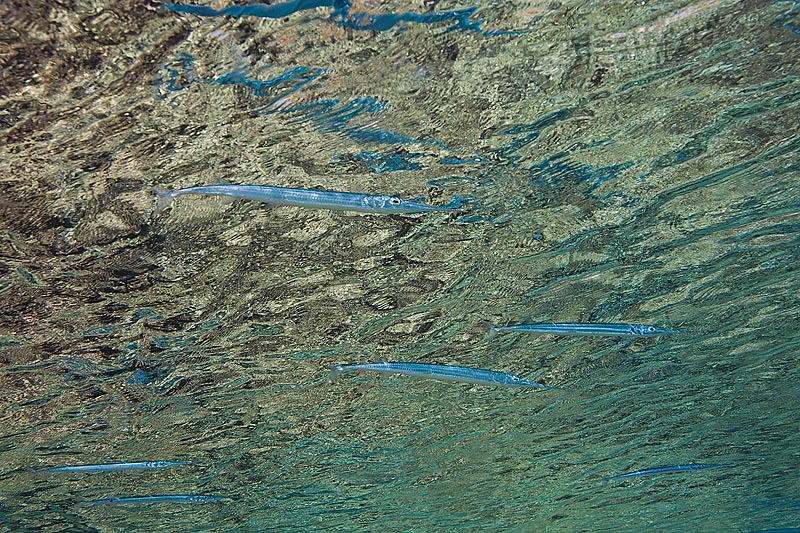
Needle Fish swimming in shallow-water with reef bottom reflections on the underside of the sea surface
At the pass into the lagoon that I mainly dived on, it was only possible to dive twice a day owing to the direction of the currents. On several afternoons I visited a nearby deserted white sand, coconut palm-lined beach. Around the corner from this beach is a shallow-water, quasi-pass of around 100m in width which separates the next low lying atoll. I was shocked on my first day to find the entire sand and stone bottom to be covered with Sea Cucumbers. As far as I could see, these fleshy invertebrates covered the sea bottom at a depth of no more than 2-3 feet. I do not have the marine biology knowledge to know exactly what was going on here and it is possible that they were being harvested by local fishermen in a natural setting but I did not see any evidence of this over the course of 4-5 days.
What was especially interesting is that the aggregation peaked on the day of, and the day after, the full moon, after which numbers dropped appreciably. Could it be that they had aggregated for the purpose of spawning just as the case of the Groupers? More digging needs to be done to unravel this mystery.
I spent several hours in the turquoise shallows of the lagoon by the beach, just pottering around with my camera housing in which I had inserted a 15mm fish eye lens behind a glass dome port. Aside from shooting over/under images of the beach, the Coconut palms and the sandy bottom, I also took over a hundred images of the Coconut Palms from just beneath the water’s surface. The trick here is to lie down in the shallows in no more than a foot or so water with your arms extended and hands holding the housing with the lens and dome pointed upwards but at a very slight angle away from you (this will avoid your wrists showing up in the image). The result is a series of arresting images which at first glance look as if they have been concocted by the use of some photoshop hocus pocus. Nothing could be further from the truth. They are solely the result of a little imagination and experimentation.
I have already booked a return trip for 2012 and this time there should be no confusion with the timing of the Grouper aggregation. I have deliberately concealed the exact location of this wonderous event as any publicity could attract the attention of large scale commercial fishing operations. It would only take one or two long-line fishing boats, to quickly devastate the shark and Grouper population. Fingers crossed that this will never happen.
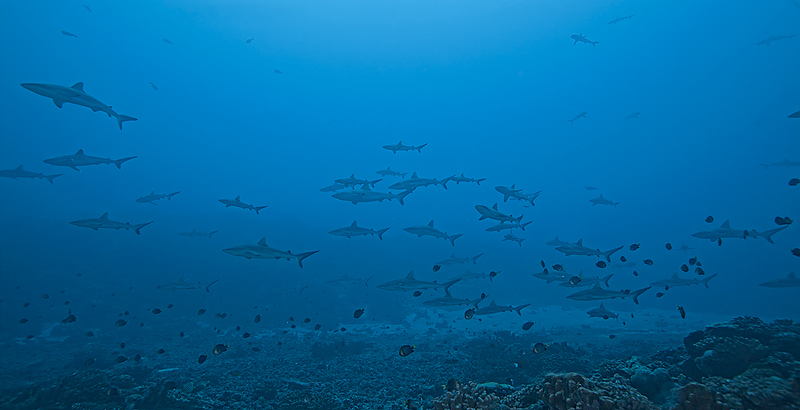
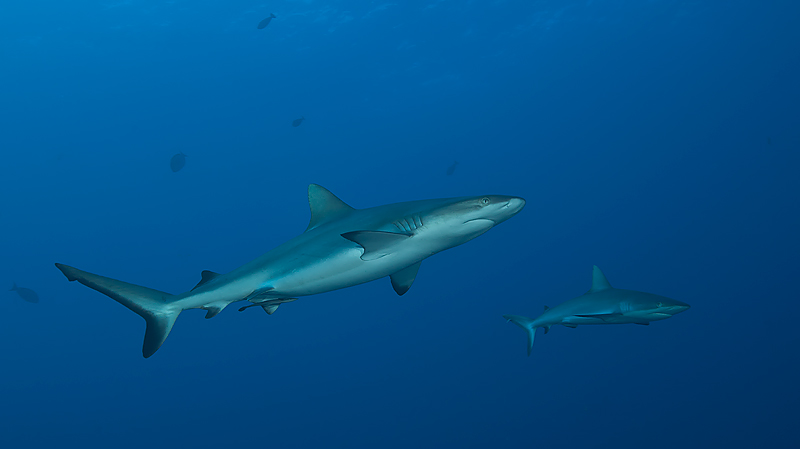
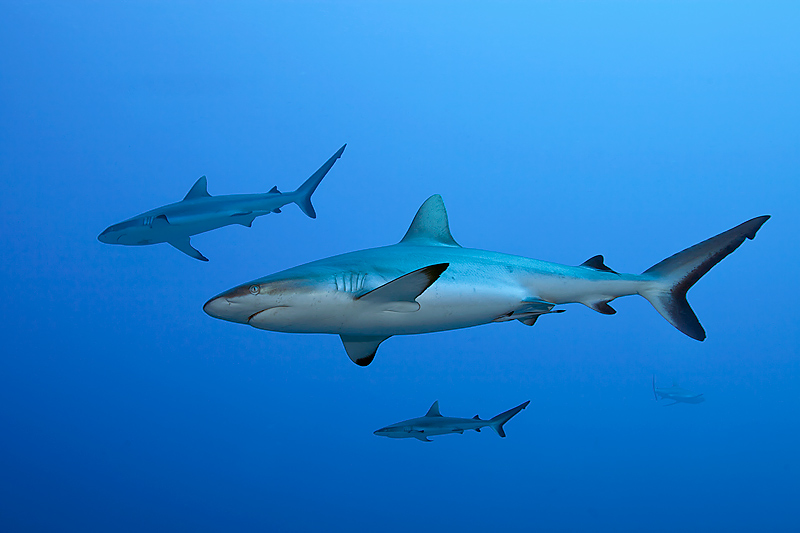
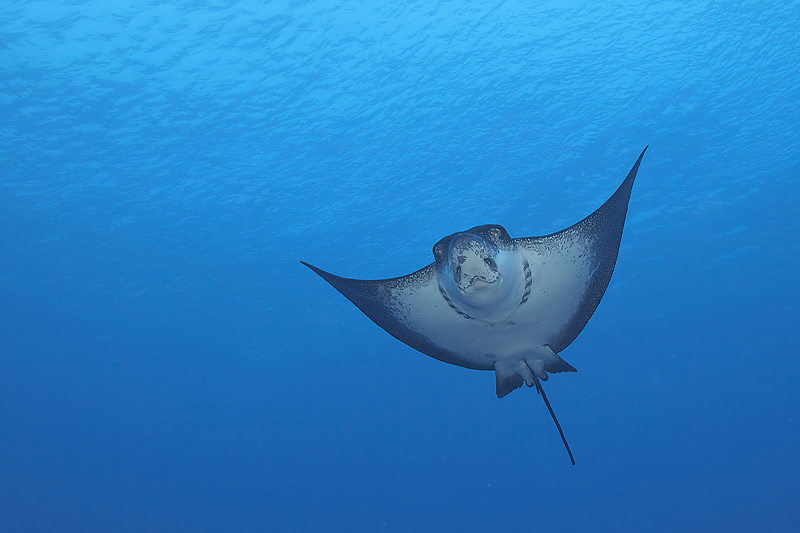
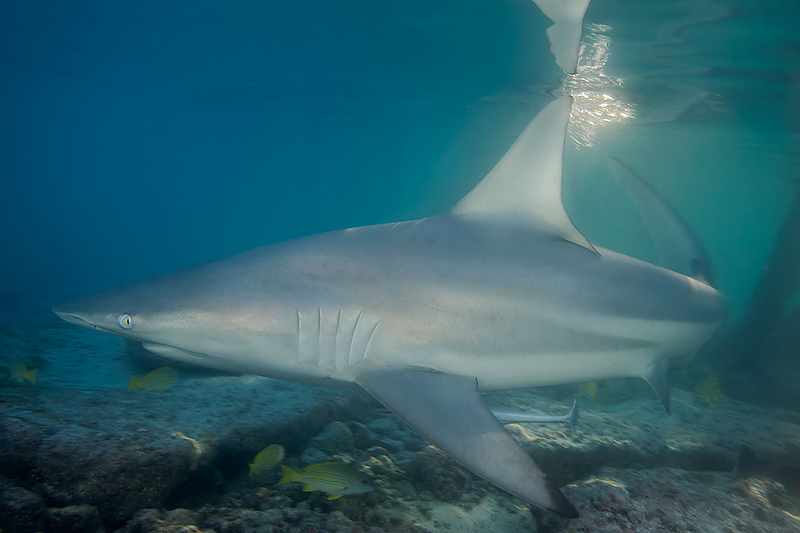
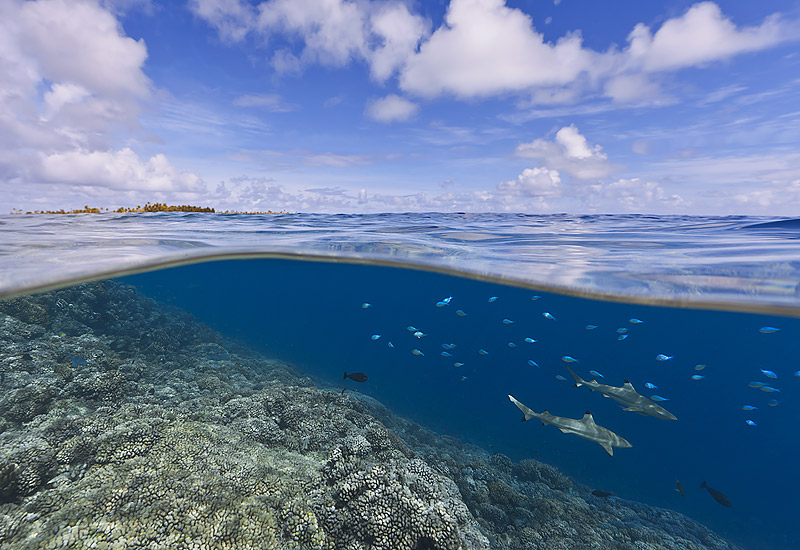
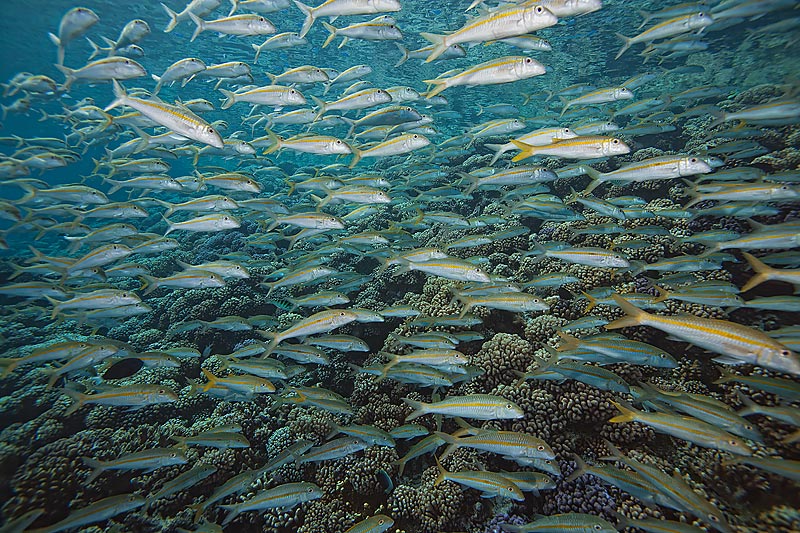
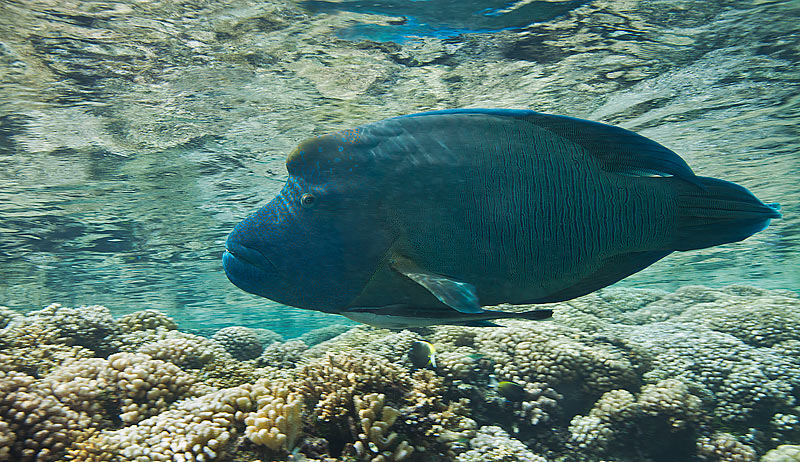
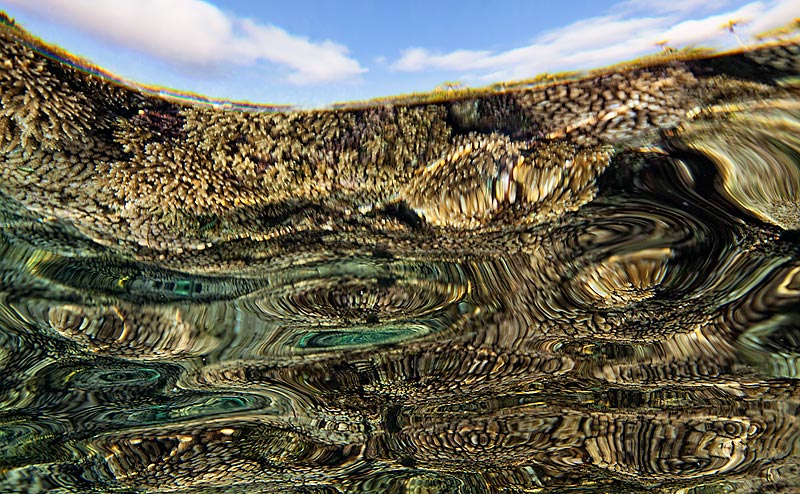
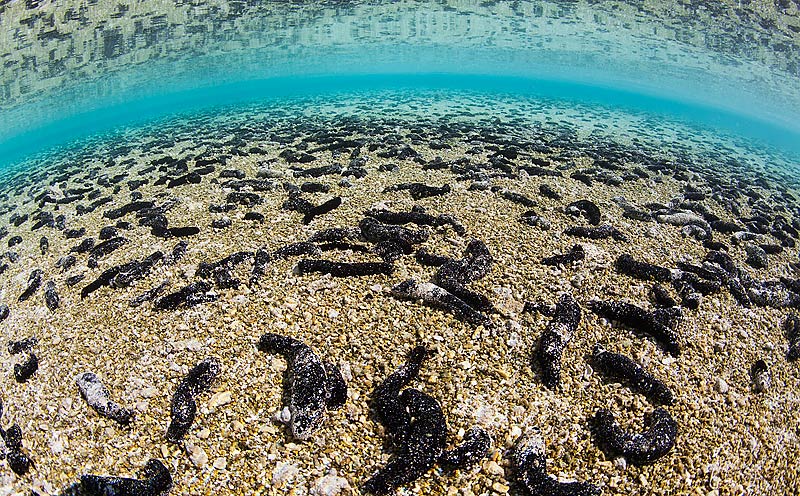
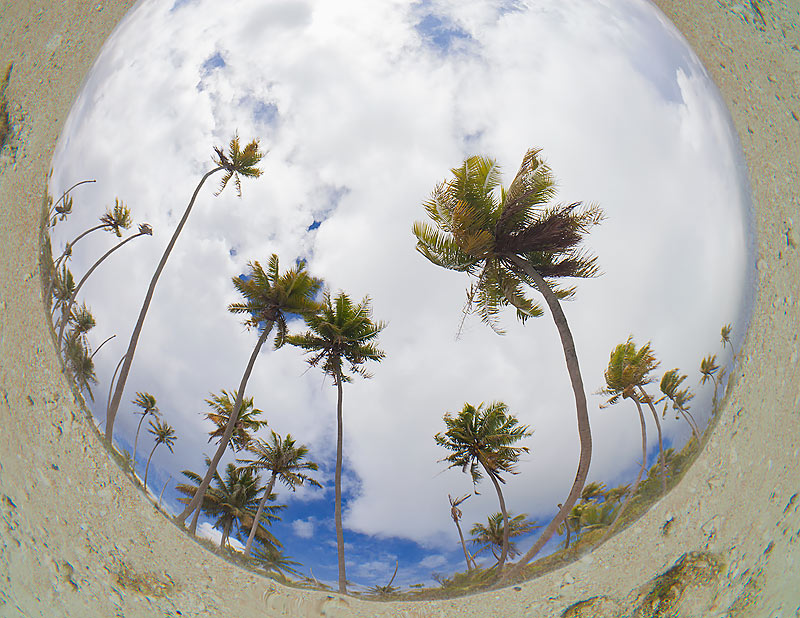
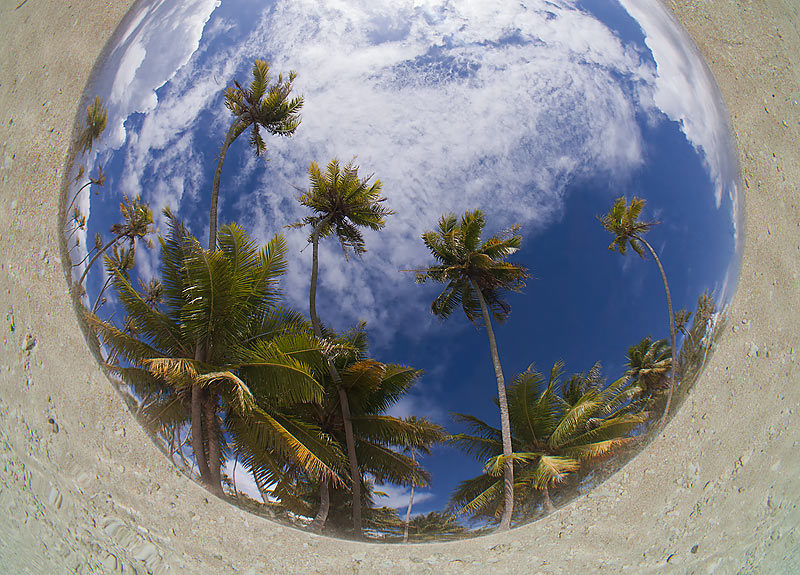
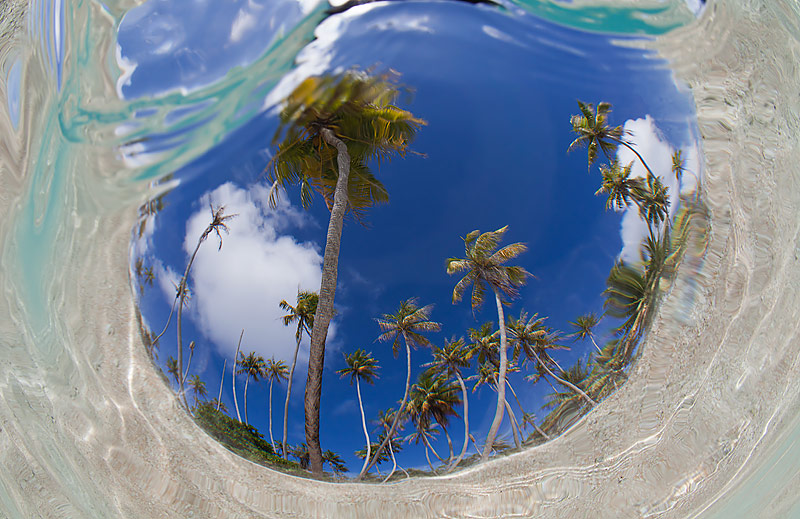
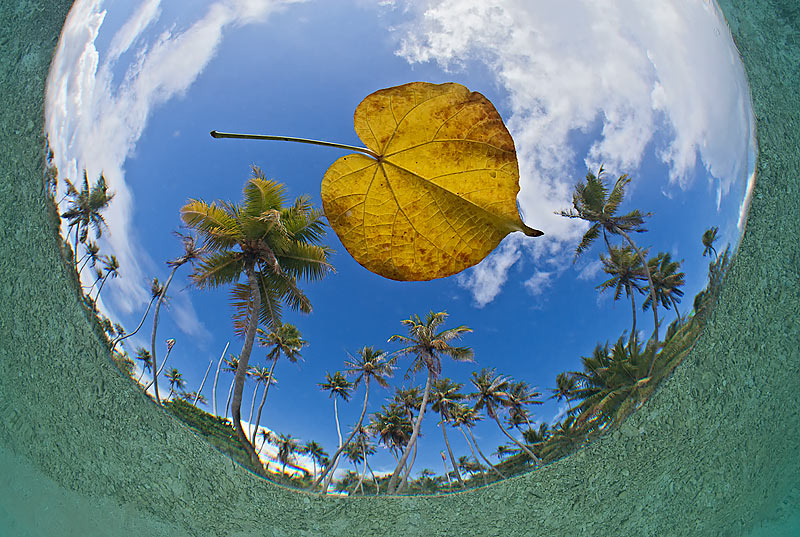
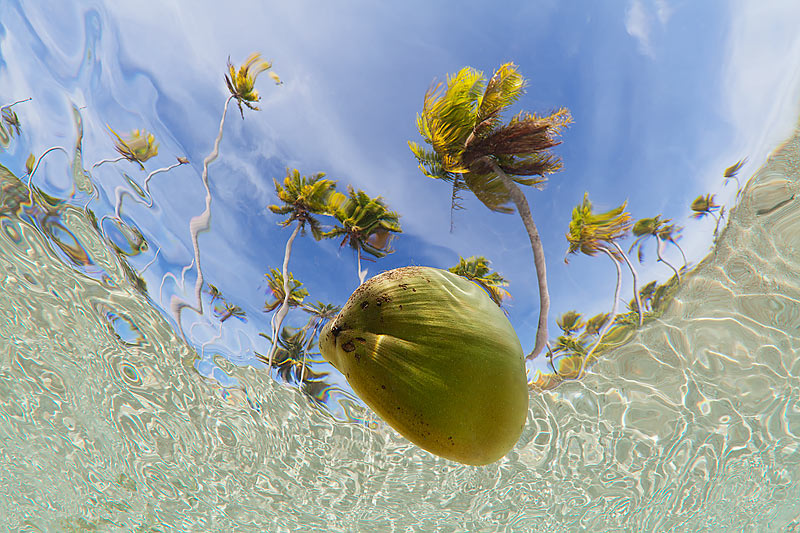
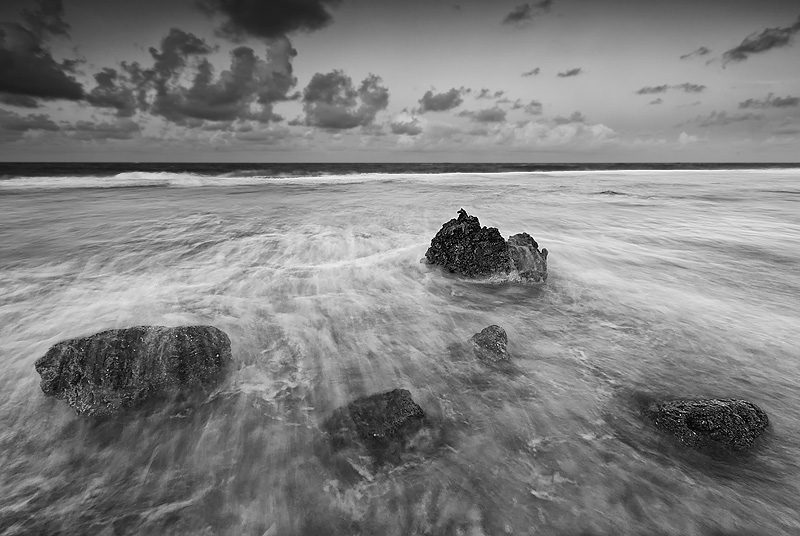
Anne Cusic
September 9, 2011
Dear Mr. McKenzie, Your blog is on my “favorites” list and, as an amateur wildlife photographer, one I refer to with great pleasure. Your photo of the cheetah family in the rain is outstanding – actually makes me want to fall on my sword, but that’s only envy.
We all have guides, locations and camps that make our photography easier and I’m sure you’re no exception. I would like to suggest, however, that you try to meet Pete Behr on your next trip to Kenya. In thirty years of wildlife photography, I’ve found Pete to be the best guide I’ve ever known. He was the youngest licensed hunting guide in Kenya (in the “old” days), the result being that he has phenomenal knowledge of animal behaviour and an instinctive sense of how they react. Pete is also an avid amateur photographer and has an innate sense of how to position for the optimal shot. He has his own company and his vehicle is equipped with a camera door and recharging capabilities. Should you wish to contact him, he can be reached at I hope you’ll forgive this presumption, but I think, even if you already have a great guide, you’ll enjoy meeting him.
We’ve just returned from Kenya, where one of the “missions” of the safari was to find the cheetah family. Clever mama had moved them far out of range, so no joy there.
I’m eagerly looking forwad to your next Kenya post and wish you and your group the best of luck.
Kind regards,
Anne Cusic
Paul Mckenzie
September 9, 2011
Hi Anne. Thx for the kind words. Am heading to Kenya in two weeks. Thx for the guide info. May follow up with you on it. Is he a local? (a Masai?). whereabouts in Kenya does he live?
Christine B.Osborne
September 11, 2011
There are many marine-life photos sloshing around on the web, but I found these especially wonderful.
I was also able to identify, for sure, the shark which circled me in 1960 (!) on the Grande Recife off
New Caledonia. It was definitely a grey reef shark. I lived a time in Polynesia and wonder whether your
spot is an atoll – shan’t name it – in the Tuamotus? I am not commercial, just a humble travel writer
interested in the marine world. Thank you.
Paul Mckenzie
September 13, 2011
Hi Christine, thanks for your generous praise. Regarding the location, you are warm!
Grace Phan
September 19, 2011
Paul — you are a rare talent! But I also know a lot of hard work and persistence goes into it, and you have those in spades, too. Always inspired by your work. Could you share a few tips on underwater photography/equipment? (Yes, I know this is a limitless question, sorry…) Your pictures are so SHARP! By the way, I’m working on a project with Makoto Ando (thanks to your recommendation, actually) and your name comes up with fondness regularly. I hope to meet you in person some day.
Travel safely and warmest regards.